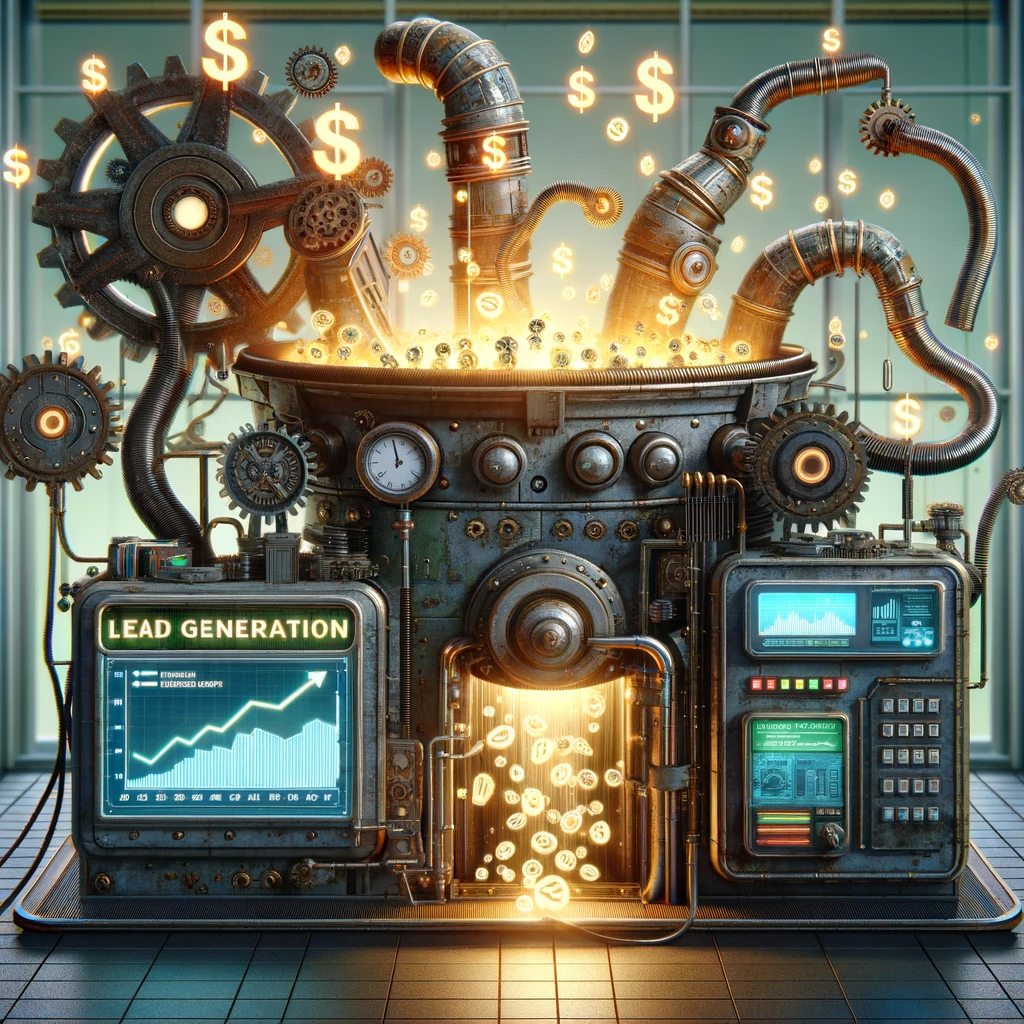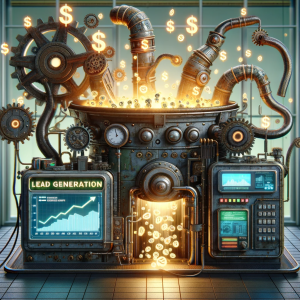In the bustling world of business, particularly in the realm of technology companies, the race to capture market share often boils down to one critical aspect: Customer Acquisition Cost (CAC). This term may not headline every sales meeting or marketing brainstorm, but it should. Why? Mastering CAC, an expression of the cost to acquire a customer in terms of average annual contract value, can significantly propel a company ahead of its competitors. Here’s a deeper look into why and how this is the case.
Looking Beyond Conventional Growth Metrics
Traditionally, sales and marketing teams are laser-focused on growth, often operating within a set budget. Key Performance Indicators (KPIs) are set, and teams hustle to meet these metrics. However, this approach often overlooks the nuances of how this growth is achieved. It’s not just about hitting numbers; it’s about understanding the mechanisms and efficiencies behind these numbers. In a landscape where every penny and every second counts, digging deeper into the efficiency of customer acquisition processes is not just important – it’s essential.
The Hidden Cost in Tech Companies
For tech companies, much of the work revolves around the Cost of Goods Sold (COGS) related to their product. Yet, an often overlooked aspect is the significant fixed cost residing in their lead acquisition engine. It’s a critical part of the puzzle. An inefficient lead acquisition strategy can drain resources, reduce margins, and ultimately impede growth.
The Engine of Competitive Advantage
An efficient customer acquisition engine isn’t just a cog in the machine; it’s a turbocharger for growth. Here’s how:
- Acquire More with Less: Imagine two companies with identical budgets for customer acquisition. The one with a more efficient acquisition strategy will likely acquire more customers. This efficiency means getting more bang for your buck, a crucial advantage in a competitive market.
- Generate More Cash: Efficient customer acquisition isn’t just about adding numbers to your customer base; it’s also about improving the bottom line. More efficient acquisition leads to lower costs per acquisition, which means more cash from each customer.
- Re-invest for Growth or Valuation: The extra cash isn’t just for keeping. It can be strategically reinvested into further growth initiatives or returned to investors, enhancing the company’s valuation and appeal.
An Illustrative Example: TechCorp’s Triumph
Let’s take a hypothetical tech company, TechCorp, as an example. TechCorp realized that while its product was competitive, its customer acquisition strategy was lagging. By analyzing and optimizing its acquisition channels, focusing on more targeted marketing, and leveraging data-driven insights, TechCorp improved its customer acquisition efficiency significantly.
The result? TechCorp could acquire 30% more customers than its closest competitor with the same budget. This efficiency translated into higher profit margins and more funds available for reinvestment. TechCorp chose to channel these funds into R&D, leading to product innovations that further distanced it from its competitors. This strategic move not only boosted its market share but also attracted more investors, enhancing its overall valuation.
Conclusion
In conclusion, while growth is the mantra for most tech companies, how that growth is achieved plays a crucial role in long-term success. Customer Acquisition Efficiency is not just a metric; it’s a strategic tool that can provide a significant competitive advantage. By focusing on making their customer acquisition processes as efficient as possible, companies can acquire more customers, generate more cash, and reinvest in growth or valuation, ultimately leading to a stronger, more competitive position in the market.







